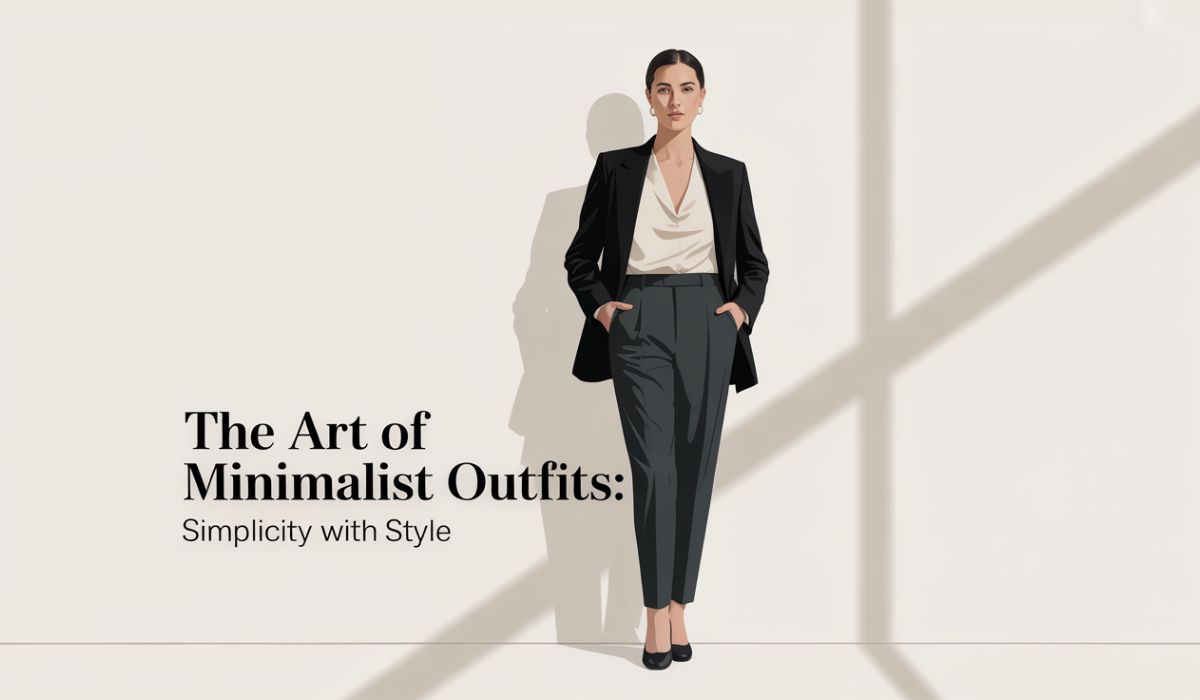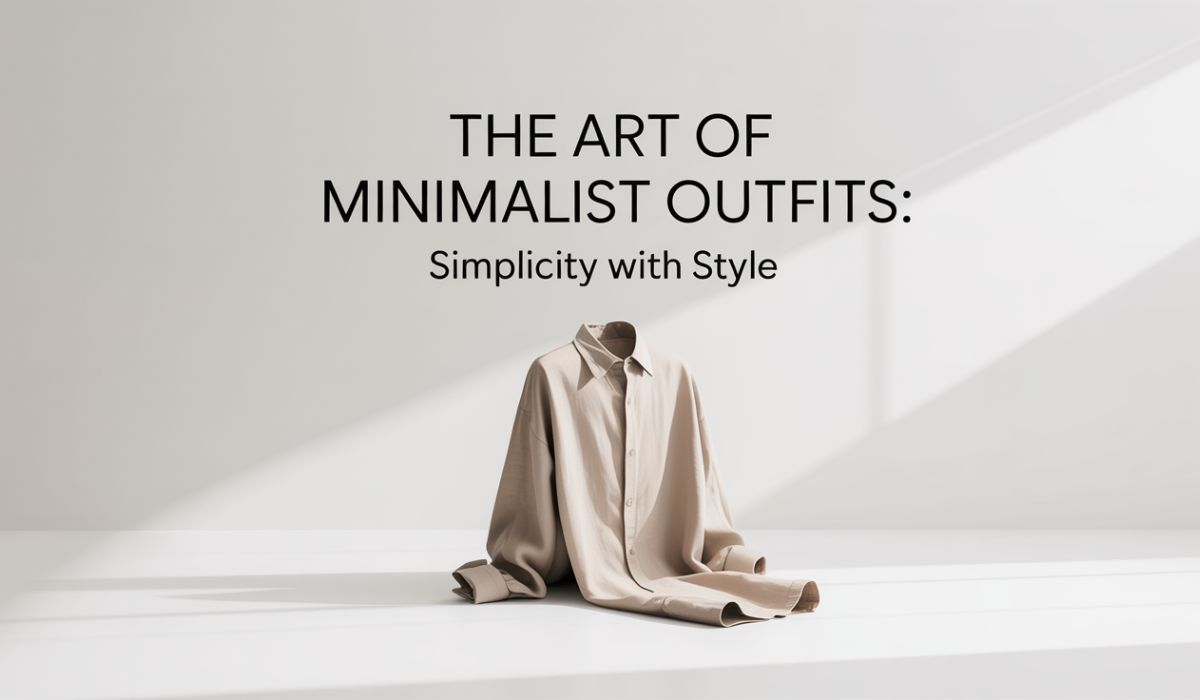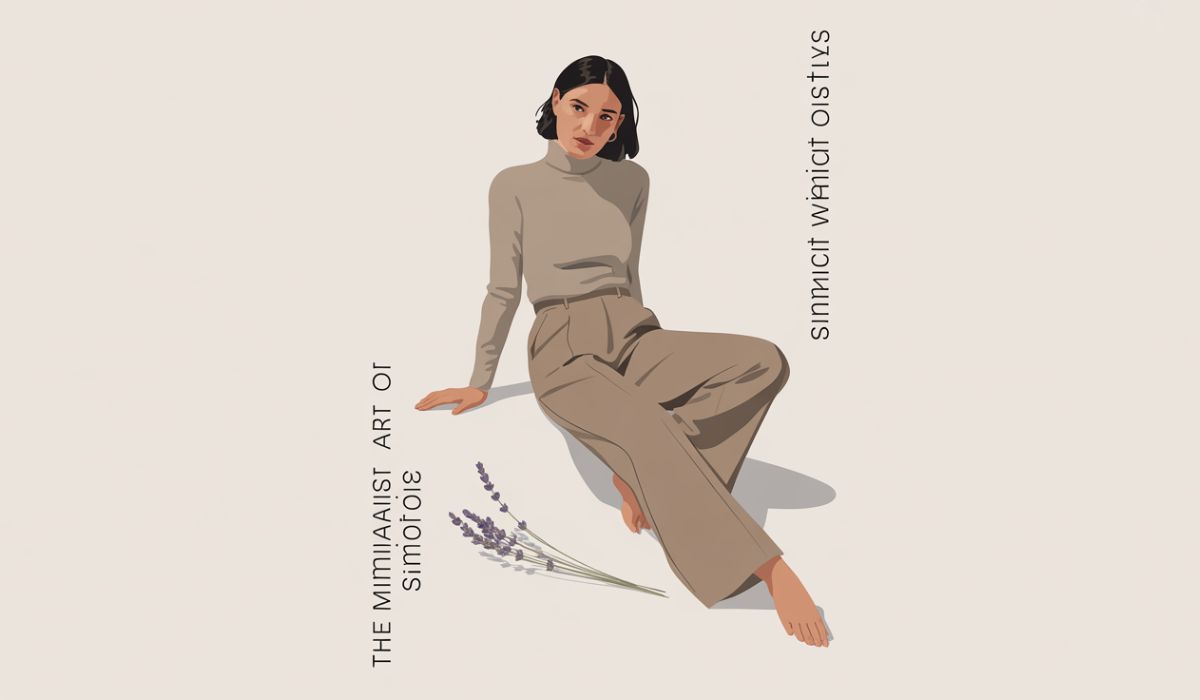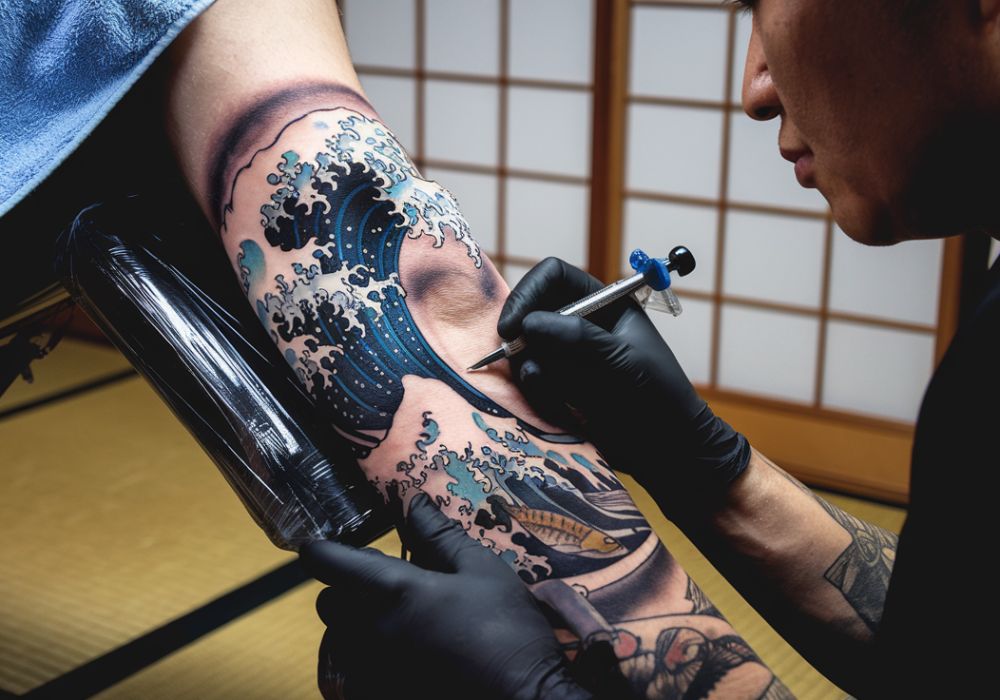Introduction
In a world overflowing with trends, color splashes, and over-the-top outfits, there’s something incredibly refreshing about the simplicity of minimalist fashion. It whispers elegance where others scream for attention. But what exactly is a minimalist outfit, and why has it quietly become a favorite among fashion lovers from all walks of life?
Let’s explore the essence of minimalist style, how to build a capsule wardrobe, the psychology behind this movement, and how you can confidently embrace it in your daily life—without ever feeling underdressed.
What Is a Minimalist Outfit?
Imagine your wardrobe like a calm, tidy room. Nothing is out of place. Every item has a purpose. That’s the idea behind minimalist fashion—it’s clean, simple, and intentional.
A minimalist outfit typically involves neutral tones, clean silhouettes, and a focus on quality over quantity. Rather than chasing trends, it builds on timeless pieces you can mix and match effortlessly.
Why Minimalism in Fashion Is So Appealing
You might wonder: Why would someone choose fewer options when fashion offers so many?
The answer is simple—clarity and confidence. Minimalism reduces decision fatigue, saves time, and, most importantly, allows your personality to shine without the distractions of overly loud clothing. It’s not about having less style. It’s about having the right style.
Building a Capsule Wardrobe: Your Minimalist Starter Pack
Think of a capsule wardrobe as your personal style toolbox. It includes just the essentials that go with everything.
Core Pieces to Include:
-
Plain white shirt: Versatile, clean, and goes with anything.
-
Black tailored pants: Dress them up or down.
-
Neutral blazer: Adds structure instantly.
-
Classic jeans: Straight or slim fit in a deep blue wash.
-
Basic tees (white, black, grey): Great for layering or standalone wear.
-
Minimalist sneakers or loafers: Simple and chic.
-
A neutral coat or trench: Stylish through the seasons.
Each of these pieces can pair with the others, creating countless combinations from just a few items.
Color Palette: Keep It Simple, Not Boring
Contrary to what some might think, minimalist doesn’t mean monochrome. It just means controlled. Stick to a palette that makes it easier to pair items.
Go-To Shades:
-
White
-
Black
-
Beige
-
Grey
-
Navy
-
Earth tones like olive or camel
These hues not only look clean but also transition seamlessly from season to season.
Fabric Matters: Choose Texture Over Patterns
Minimalist fashion leans on fabric texture to add depth. Think linen, wool, cotton, silk. These speak louder than busy prints.
You don’t need florals or glitter to make an impact. A well-cut wool coat or a structured cotton shirt can be just as eye-catching.

Fit Is Everything
Minimalism thrives on precision. You might be wearing a basic black tee and trousers, but if they fit perfectly, you’ll look polished and intentional.
Tips for the Perfect Fit:
-
Shoulder seams should line up with your natural shoulder.
-
Trousers should graze the ankle or sit slightly above the shoes.
-
Sleeves should never swallow your hands.
-
Tailoring can elevate even affordable basics.
When in doubt, visit a local tailor. The cost is often low, but the results are priceless.
Layering Like a Pro
Layering isn’t just for maximalists. In fact, minimalist outfits often look their best with thoughtful layers.
Imagine this: A black turtleneck under a camel coat, paired with slim trousers and loafers. Effortless, right? The key is keeping colors cohesive and layers structured.
Accessories in Minimalism: The Final Brushstroke
Accessories should enhance, not distract.
Minimalist Staples:
-
Simple gold or silver jewelry
-
A structured leather bag
-
Classic wristwatch
-
Sunglasses in timeless shapes (think round or square)
-
Solid scarves in neutral tones
Choose one or two. Let them complete the look without stealing the spotlight.
Minimalism for Different Occasions
You don’t have to give up minimalism when dressing for specific events. Whether it’s a work meeting, weekend outing, or dinner date, you can adapt your look.
Workwear:
-
Crisp white shirt, tailored black trousers, neutral loafers
-
Add a blazer if needed
Casual Day Out:
-
High-quality jeans, fitted t-shirt, white sneakers
Evening Dinner:
-
Black slip dress or structured jumpsuit
-
Heeled boots and a minimalist clutch
The Psychological Edge of Minimalist Dressing
What we wear impacts how we feel.
Wearing clean, neutral, and fitted clothes often creates a sense of control and calm. When you remove the clutter—both mentally and physically—you gain confidence. You stop worrying about trends, and start focusing on authenticity.
It’s fashion for your mind as much as for your body.
How to Transition Into a Minimalist Wardrobe
No need to throw everything out and start over. Think of it as a slow journey, not an overnight change.
Steps to Transition:
-
Declutter: Start with what you don’t wear.
-
Identify your go-to pieces: These are your core style indicators.
-
Invest in timeless basics: Quality over quantity.
-
Stick to a palette: Neutrals with a few accents.
-
Rebuild gradually: Add only pieces that work with what you already have.
Budget-Friendly Minimalism: It’s More Accessible Than You Think
You don’t need designer labels to achieve a minimalist look. In fact, many minimalist pieces are available at affordable fashion outlets, secondhand stores, or even thrift shops.
The secret is in selecting well-made pieces with timeless design—not logos or price tags.
Sustainable Style: Minimalism Meets Mindfulness
Minimalism and sustainability often walk hand in hand.
By consuming less, choosing better materials, and prioritizing quality over volume, you’re contributing to a more eco-conscious world. Every piece bought with intention is a win for the planet.

Minimalism Is Not Boring—It’s Bold in Its Own Way
People sometimes confuse minimalist fashion with being plain. But think of it like a blank canvas—it offers space to breathe, to reflect, and to express yourself without noise.
Like a quiet, confident whisper in a crowded room, it stands out—simply because it doesn’t try too hard.
Conclusion
Minimalist outfits go beyond just wearing less. They represent clarity, intention, and timeless elegance. When you choose to dress simply, you’re not sacrificing style—you’re elevating it.
Whether you’re just starting or refining your wardrobe, remember: fashion fades, but simplicity never goes out of style.
FAQs: Minimalist Outfits
1. Can minimalist outfits work for all body types?
Absolutely. The key is choosing well-fitting pieces that suit your shape. Minimalism is about simplicity, not size. Tailoring can help ensure a flattering fit for every body type.
2. Is it okay to wear colors in minimalist fashion?
Yes, definitely! While neutrals dominate minimalist wardrobes, subtle pops of color—like olive green, rust, or navy—can add interest without overwhelming the look.
3. How many clothes should be in a minimalist wardrobe?
There’s no magic number, but many find that 25–40 versatile pieces (including shoes and outerwear) are enough to build endless outfit combinations.
4. Is minimalist fashion just a trend?
Minimalism has been around for decades and isn’t going anywhere. Unlike fast fashion trends, it focuses on timeless pieces and values that last.
5. Can men follow minimalist fashion too?
Of course! Minimalism is gender-neutral. The principles—neutral colors, quality fabrics, perfect fit—apply equally to men’s wardrobes.
For More More Visit: Creative Blog


